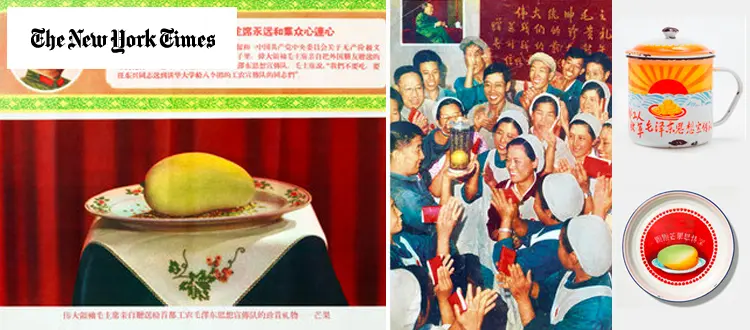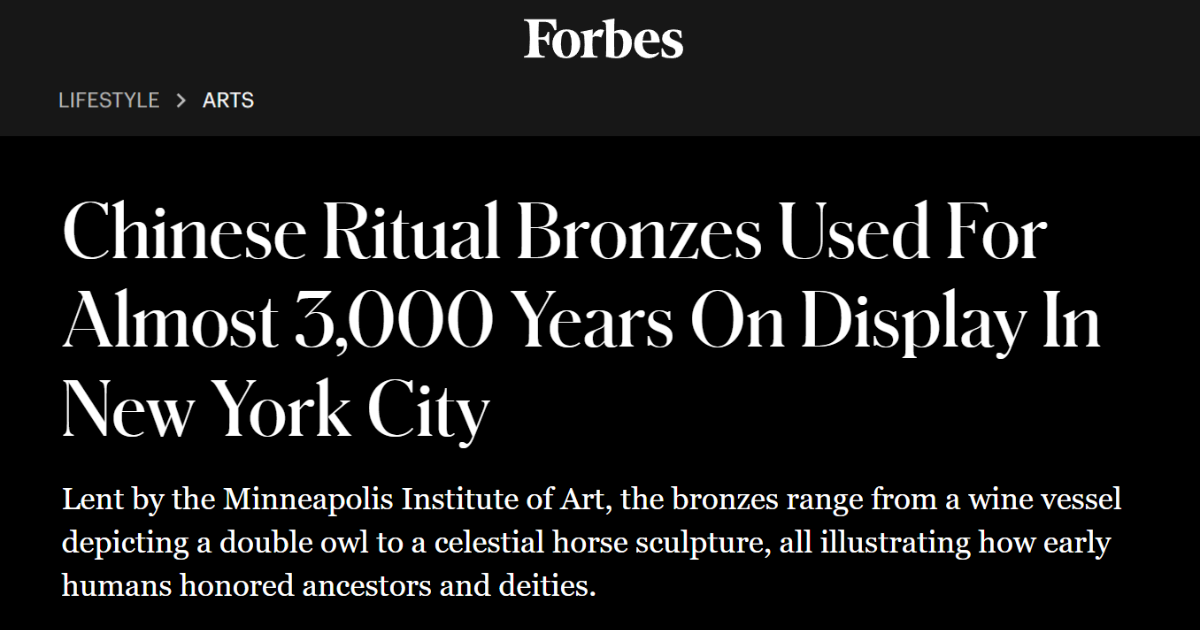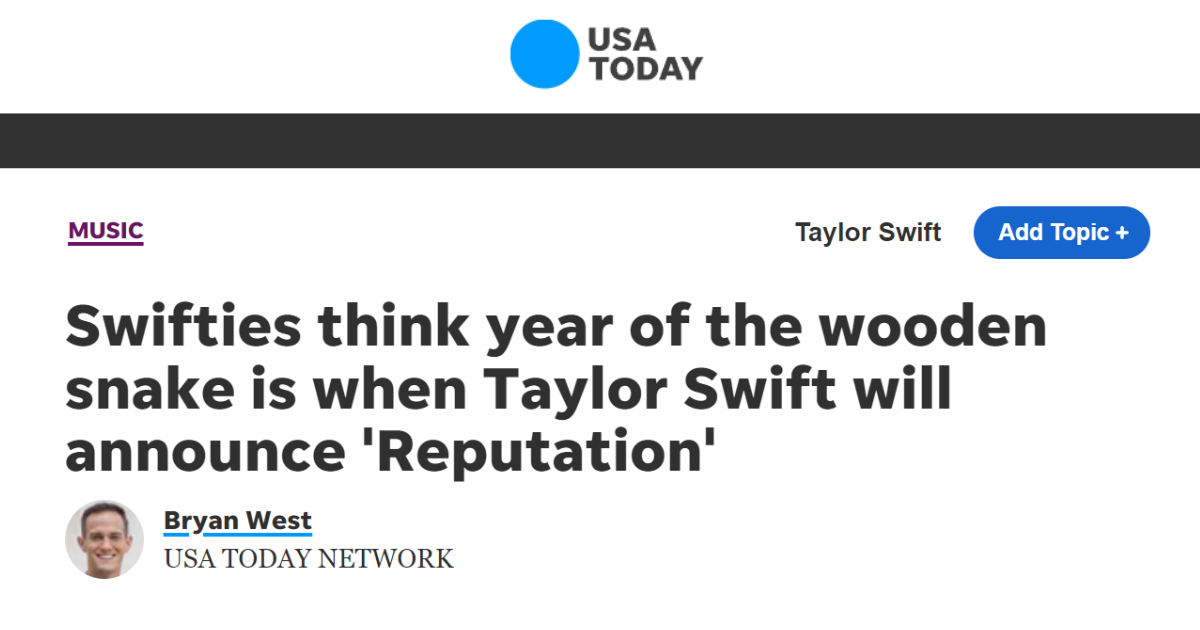In 1968, two years after he began the Cultural Revolution, Mao Zedong wrested it from the hands of avid but unruly students and handed it over to a more worshipful working class. During the transition, he happened to receive, as an ambassadorial gift from Pakistan, a basket of fresh mangoes. And as a symbolic act of largess, he had the exotic fruit delivered to a group of workers. In doing so, he created an instant cult. Not only was the fruit not eaten, but it was also revered as an emblem of the leader’s godlike love. The mangoes were preserved and became objects of worship. Wax and plastic duplicates were created and enshrined. Mango madness pervaded the culture: Images of the yellow fruit appeared in posters, on porcelain and in textile designs. “Mao’s Golden Mangoes and the Cultural Revolution,” a China Institute exhibition organized by the art historian Alfreda Murck, perfectly captures the devotional fervor of that moment. And a mere moment it was. Within a year, the fad was over. Mango memorabilia went into closets and then to flea markets, from which Ms. Murck, who lived many years in Beijing, rescued choice examples to tell this fascinating tale of consumerist infatuation. (Through April 26, 125 East 65th Street, 212-744-8181, chinainstitute.org.)



